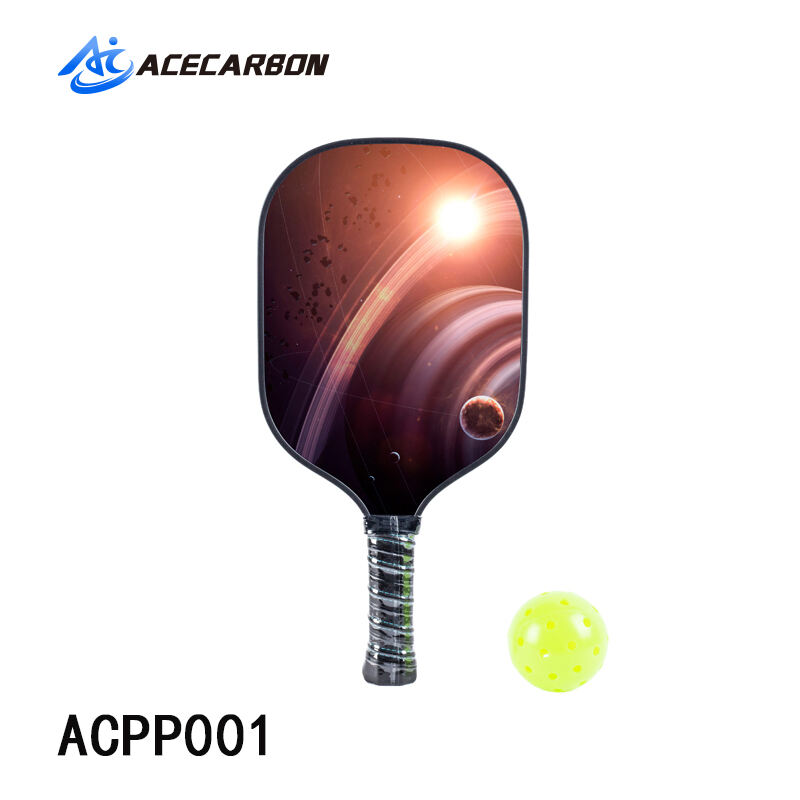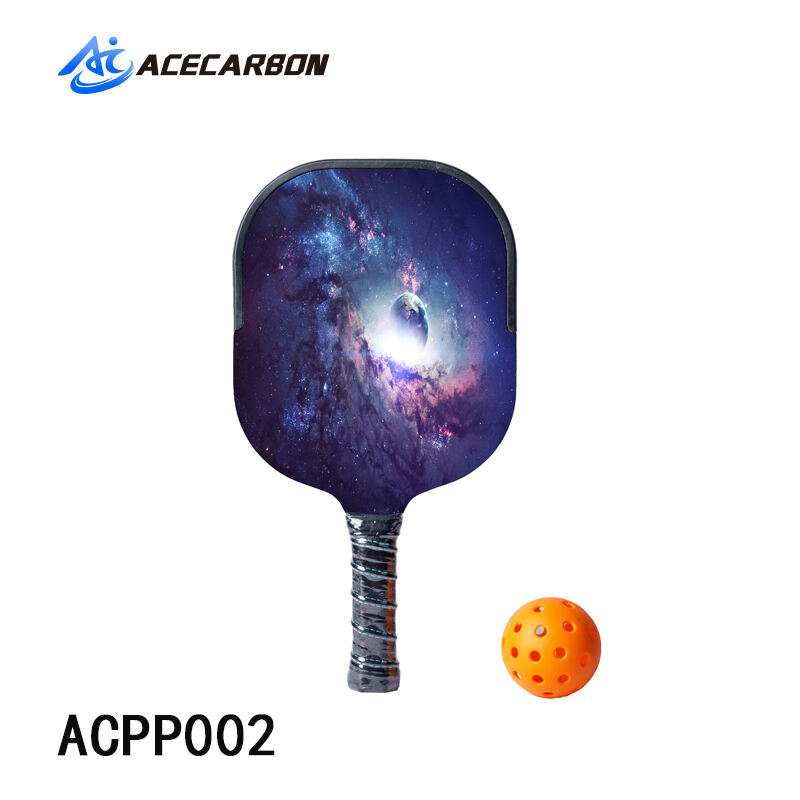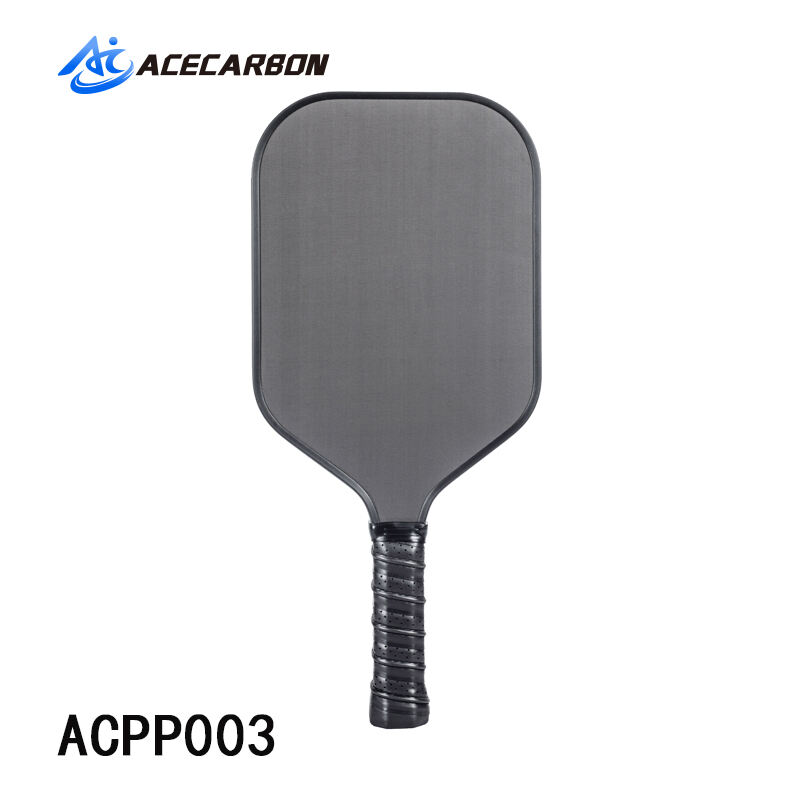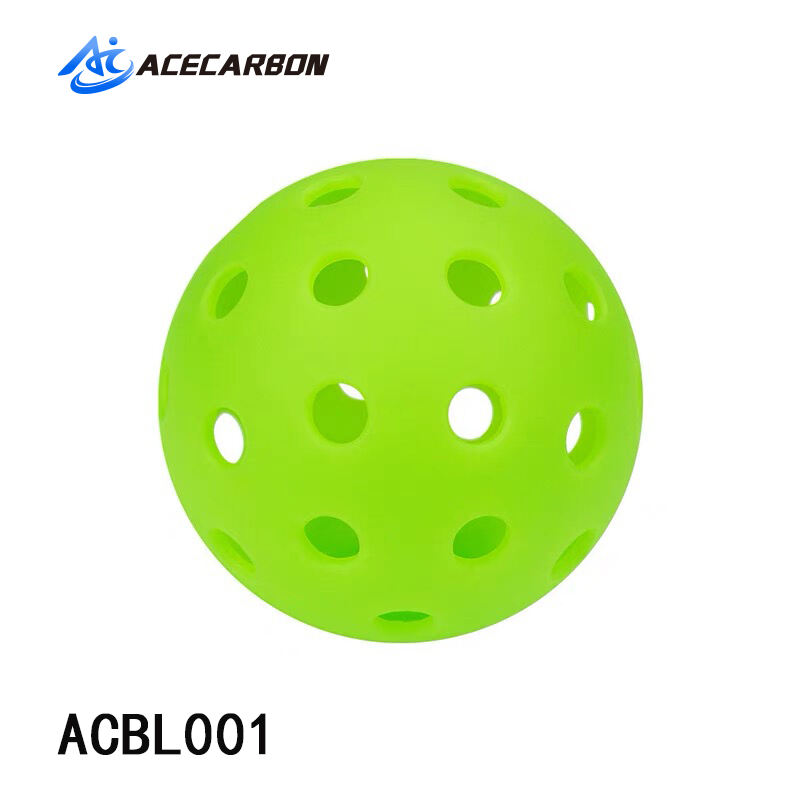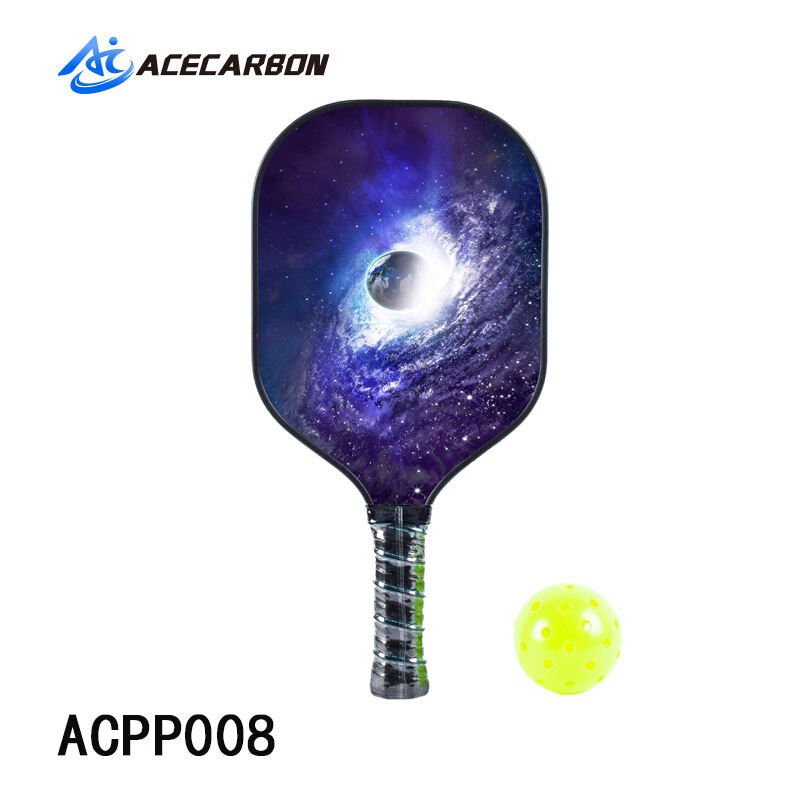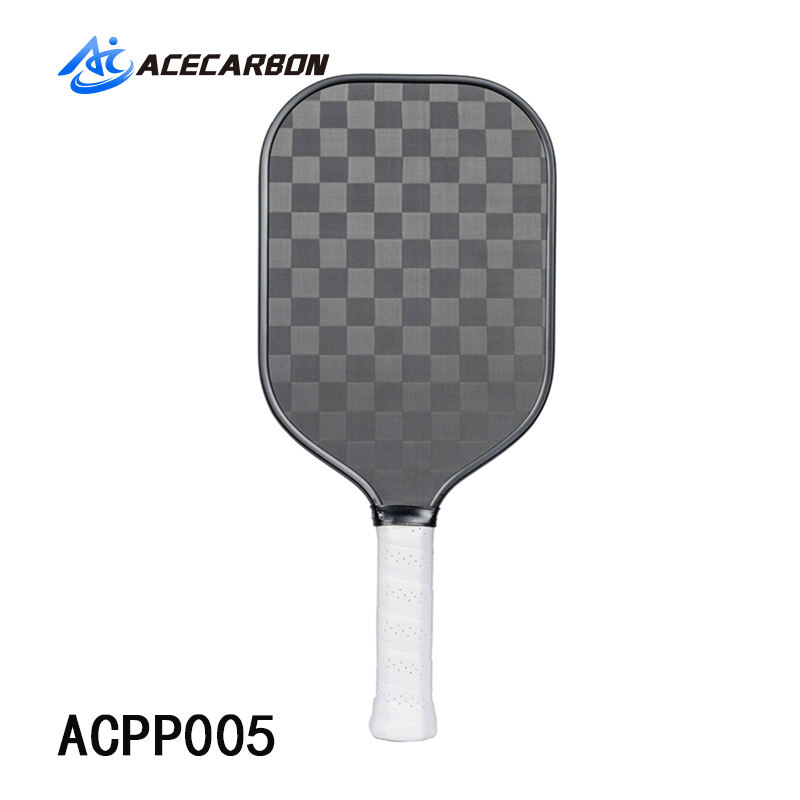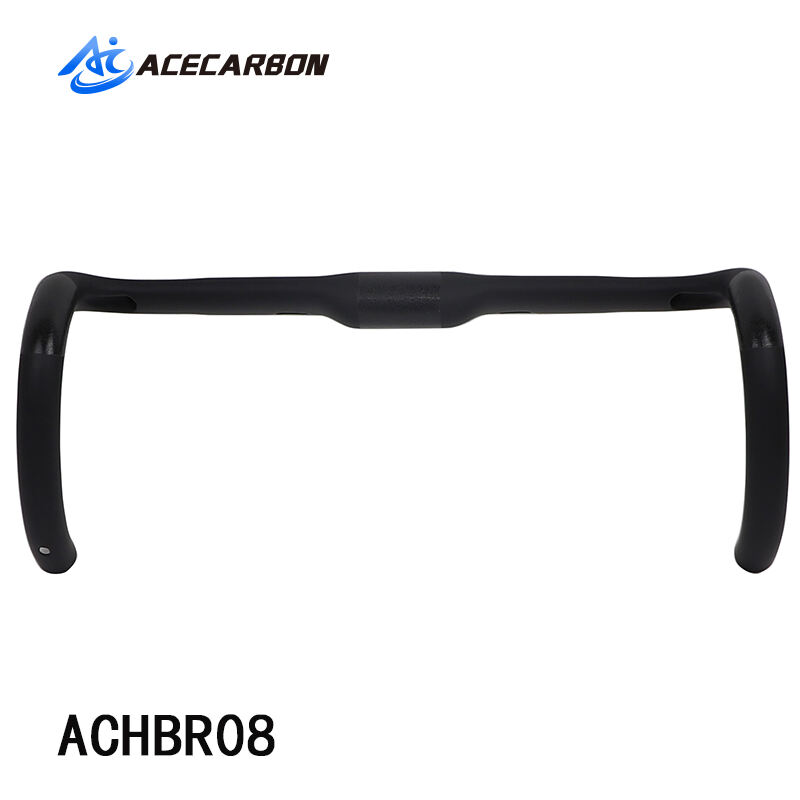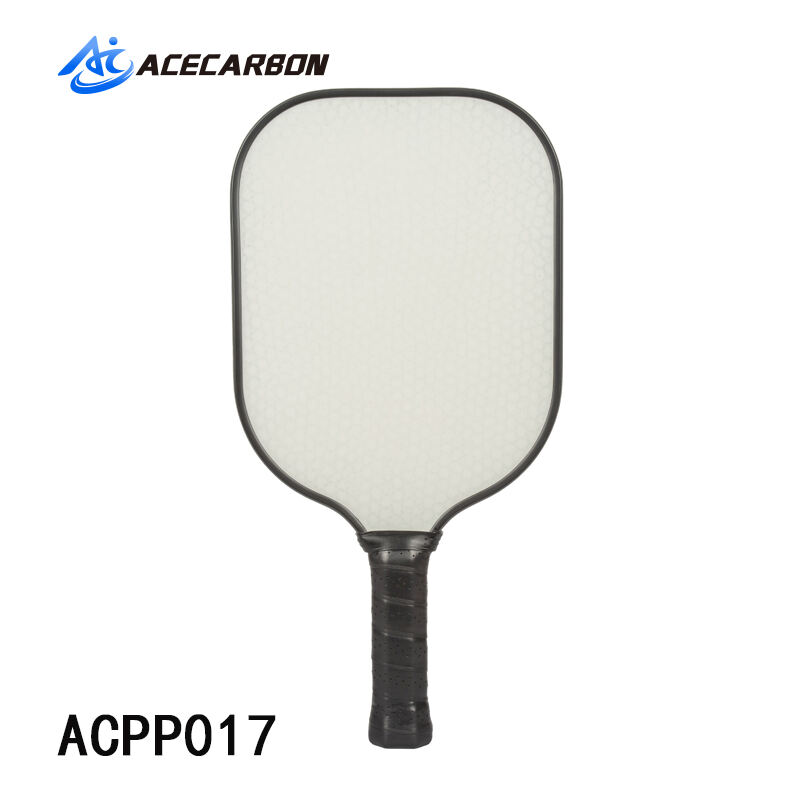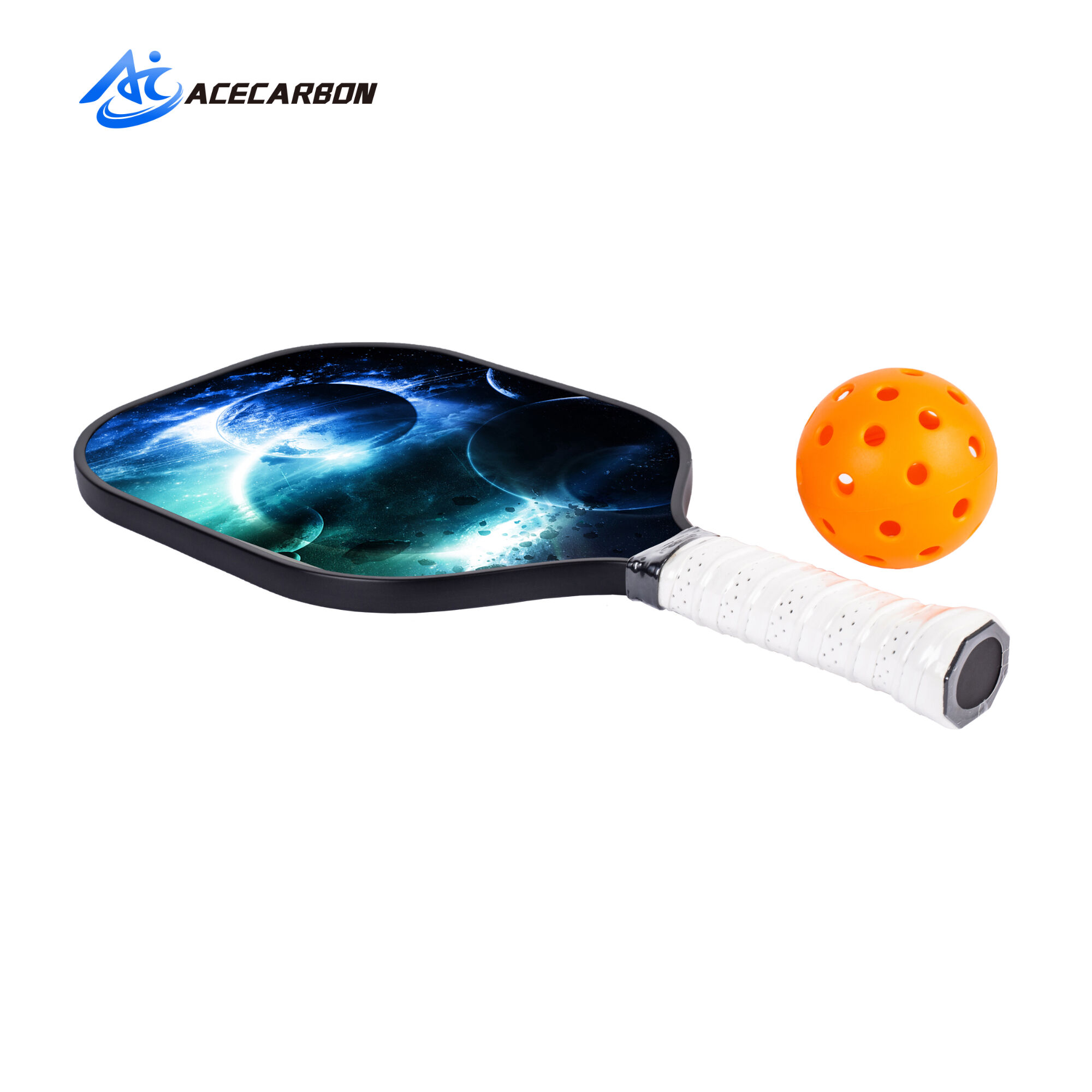Pickleball racket selection guide and usage tips
How to Choose a Pickleball Racket: Key Factors to Consider
Getting the right pickleball racket makes all the difference in how well someone plays, and racket weight stands out as a major consideration when shopping around. Lighter paddles typically fall somewhere around 6.5 up to maybe 7.5 ounces or so, which gives them better handling characteristics. These lighter models let players swing faster and change direction quicker on court, something that really helps those who play with quick reflexes and rely on tricky shots rather than brute force. On the flip side, heavier paddles usually weigh between about 7.5 and 8.5 ounces, offering more stability and punch behind each shot. For folks who love hitting hard drives across the net, the extra weight in these paddles can make a world of difference in terms of generating power without straining too much during long matches.
How balanced a pickleball racket feels makes a real difference when it comes to how well someone plays. Rackets that feel heavy at the head tend to pack more punch, so they work great for folks who love to smash balls across the net. On the flip side, rackets that balance evenly or have more weight in the handle give players better control over their shots. This type suits players who want to be precise with their hitting, letting them drop balls right where they want on the court and adjust spin as needed during matches. Many recreational players find these balanced models easier to handle when learning proper technique.
What a racket is made from really affects how it plays and how long it lasts. Graphite and carbon fiber are top choices for quality rackets because they hold up much better during regular matches and training sessions. Beyond just lasting longer, these advanced materials give the racket a different feel at impact. Players notice this connection when hitting balls, since the energy transfer through the frame feels more immediate and controlled compared to cheaper alternatives.
Getting the right grip size matters quite a bit when picking out a pickleball racket. The fit makes all the difference for comfort during play and actually helps prevent injuries like tennis elbow down the road. Here's how to find what works best: grab the racket in your dominant hand and look at the space between your fingers and palm. There should be about the thickness of a pencil there. If it feels too snug or too roomy, that'll throw off your control and make playing uncomfortable. Most players find they perform better with a grip that feels just right in their hand without any extra pressure points.
Comfort matters a lot when it comes to enjoying pickleball games. The right grip size makes all the difference, plus getting the weight just right helps prevent hand fatigue after long matches. Players should really think about what feels good in their hands and matches how they actually play the game. Someone who swings hard might need something heavier for power, while folks looking for quick wrist action probably want something lighter. When people take time to test different rackets and pay attention to how each one feels during actual gameplay, they tend to find equipment that lets them stay comfortable throughout entire matches while still being able to compete effectively against opponents.
Top Pickleball Rackets for Every Skill Level
Picking out the right pickleball racket starts with knowing where you stand as a player. Skill level really matters when it comes to finding something that works well on the court. A beginner might need something different compared to someone who plays regularly at tournaments. The right paddle can actually change how someone plays entirely, affecting everything from power to control during matches. We've rounded up several highly rated pickleball rackets across different skill categories. Each one brings something special to the table, whether it's extra grip, better balance, or just plain old comfort after hours on the court.
Pickleball Paddle ACPP001 Carbon Fiber Racket With Textured Graphite Coating And 20mm Polypropylene Core
What makes the ACPP001 Pickleball Paddle special? Let's start with its build quality. Made from carbon fiber, it manages to be both light enough for quick swings and tough enough to withstand regular use. The material gives players better handling without sacrificing control during intense matches. Beneath the surface lies a 20mm polypropylene core that really boosts performance. Players notice the difference right away thanks to the powerful hits and reduced hand fatigue from fewer vibrations. This paddle works well for folks who have played before but still want to get better at their game. Many users report that after switching to this model, they see improvements in both their shot accuracy and overall endurance during longer sessions on the court.
Pickleball Paddle ACPP002 Thermoformed Carbon Fiber Paddle With Maximum Spin And Control Widebody Pickleball Rackets
What sets the ACPP002 apart is its special thermoforming technique that really boosts spin generation something serious players need to elevate their game. The paddle has this wider body shape that actually increases the sweet spot size, so even when shots aren't perfectly struck, the ball still goes where intended. Beginners will appreciate this forgiveness while intermediates find stability they can rely on through their strokes. Balance is another strong point here the paddle feels just right in hand, allowing for smoother swings and faster responses between points. Players who want to work on their technique will notice how much spin and control comes naturally with this model, making practice sessions more productive and match play more competitive.
Pickleball Paddle ACPP003-Raw Carbon Version Thermoformed Technology T700 Raw Carbon Fiber Face Exceptional Spin And Control
What makes the ACPP003-Raw Carbon Version special? Look no further than its T700 raw carbon fiber faceplate. Players get better feel on the ball and noticeably more pop when striking it compared to standard paddles. Competitive types will love this one because it gives them extra bite without sacrificing control thanks to some pretty neat thermoforming tech inside. Built for intense matches where every shot counts, the ACPP003 really boosts spin generation capabilities too. That means players can pull off those tricky topspin loops and drop shots with much greater consistency during actual games rather than just practice sessions. Definitely worth considering if someone wants to take their pickleball skills seriously and start winning local tournaments regularly.
Pickleball Racket Materials: What You Need to Know
Picking out a pickleball racket means knowing what separates graphite from carbon fiber materials. Graphite paddles have become popular because they're light yet strong, giving players better control over their shots and making the ball respond faster. Most players who play with finesse tend to go for graphite since it strikes a good balance between power and touch during gameplay. Carbon fiber paddles actually last longer than most others on the market due to how the material is structured. What makes them special is those interconnected fibers that create extra stiffness without sacrificing control. Although these paddles might not hit harder out of the box compared to other options, they do something interesting - they spread the energy across the face of the paddle when striking balls. This results in a smoother feel overall and helps maintain accuracy shot after shot, especially important during long matches where consistency matters most.
Graphite and carbon fiber get most of the attention when talking about pickleball racket materials, but fiberglass and polymer cores matter too. Fiberglass paddles pack quite a punch and give players that satisfying feel when striking the ball, which is why serious hitters often go for them. But don't expect the same stiffness as with graphite or carbon fiber models. The sweet spot tends to be smaller on fiberglass, so these work best for folks who already know what they're doing out there on the court. Polymer cores tell a different story altogether. They bring better control to the table and respond more softly upon impact. Most newer paddles actually feature polymer cores because they strike that nice middle ground between raw power and finesse. Plus, they just plain sound nicer during play without all that harsh noise from cheaper alternatives.
Wooden paddles aren't really seen much in serious competitions these days, but they do have that old school vibe and cost less than newer options. These paddles stand up pretty well over time because they're heavy, giving players extra power when striking the ball. However, wooden paddles just don't offer the same level of control or responsiveness as today's materials. For someone who misses the good old days, wooden paddles can still be fun to play with. But anyone serious about improving their game will quickly notice how modern alternatives such as graphite, carbon fiber, and fiberglass beat wood hands down when it comes to accuracy and handling during matches.
Knowing what different materials offer and how they perform makes it easier to pick out a paddle that matches specific needs on the court. Some players want something that delivers powerful shots while others prefer better control over their strokes. Once familiar with material characteristics, finding the right paddle isn't so hard anymore. Players can then improve their skills and actually have fun during those long afternoons of pickleball matches without worrying about gear limitations holding them back.
Pickleball Racket Usage Tips for Beginners
Getting a good grip on proper technique matters a lot for new pickleball players wanting better control of their rackets. There are different ways to hold the racket, such as the western grip and continental grip, both of which make a real difference in gameplay. With the western grip, players can create more topspin on shots, whereas the continental grip works well across multiple situations, especially when serving or moving forward to hit volleys. Each method brings something special to the table. Try out these different grips during practice sessions to see what feels most comfortable and effective based on how someone naturally plays the game.
Swing mechanics matter just as much as grip when it comes to playing pickleball well. New players need to spend time getting their basic forehand and backhand swings right since these moves make up the majority of shots during actual games. For the forehand, start with the paddle down near the hip area and bring it up smoothly through the ball. Backhands require standing sideways and swinging across the body, which feels different at first but becomes second nature after some practice. Take your time working on these fundamentals because solid technique leads to better shot accuracy and more power behind each strike. Many recreational players notice significant improvements simply by dedicating regular sessions to mastering these core movements.
Taking care of your pickleball racket makes all the difference in how long it lasts and how well it plays. Check for any cracks regularly, particularly along the edges where they tend to show up first and around the handle area too. A simple wipe down with a damp cloth will get rid of dirt and dust that builds up on the paddle surface, which helps keep it feeling good when striking the ball. When putting away paddles, always use a protective cover and find somewhere cool and dry to store them. Keep them out of direct sun and away from places that get really hot or cold. Looking after your gear properly means less money spent replacing broken paddles later on, plus the racket stays just as responsive as when you bought it.
FAQ
What weight should I choose for my pickleball racket?
The weight of your pickleball racket depends on your playing style. Lighter rackets, weighing 6.5 to 7.5 ounces, offer more agility and faster swings, ideal for those focusing on speed and finesse. Heavier rackets, ranging from 7.5 to 8.5 ounces, provide greater stability and power, suitable for players prioritizing strong shots.
How do I determine the correct grip size for a pickleball racket?
To find the correct grip size, hold the racket with your playing hand and look for about a pencil's width of space between your fingers and palm. This ensures that the grip is not too tight or loose, improving control and comfort.
Which material is better for a pickleball racket: graphite or carbon fiber?
Graphite paddles are lighter and offer better control, making them suitable for players who value precision. Carbon fiber paddles are more durable with superior stiffness, enhancing control and providing consistent precision. The choice depends on your preference for control or durability.
Can wooden paddles be used in competitive pickleball play?
Wooden paddles are generally not preferred for competitive play due to their lack of finesse and control compared to modern materials like graphite and carbon fiber. They are durable and affordable but are better suited for recreational play or nostalgic purposes.
How can I maintain my pickleball racket for longevity?
Regularly check your paddle for cracks, especially around the edges and handle. Clean the paddle surface with a damp cloth to remove dirt and dust. Store the paddle in a protective case in a cool, dry place, away from the sun or extreme temperatures, to maintain its performance.

 EN
EN
 AR
AR
 BG
BG
 HR
HR
 CS
CS
 DA
DA
 NL
NL
 FI
FI
 FR
FR
 DE
DE
 EL
EL
 HI
HI
 IT
IT
 JA
JA
 KO
KO
 NO
NO
 PL
PL
 PT
PT
 RU
RU
 ES
ES
 SV
SV
 TL
TL
 ID
ID
 SR
SR
 SK
SK
 SL
SL
 UK
UK
 VI
VI
 HU
HU
 TH
TH
 TR
TR
 FA
FA
 MS
MS
 IS
IS
 AZ
AZ
 BN
BN
 LO
LO
 MI
MI
 MY
MY
 SM
SM
